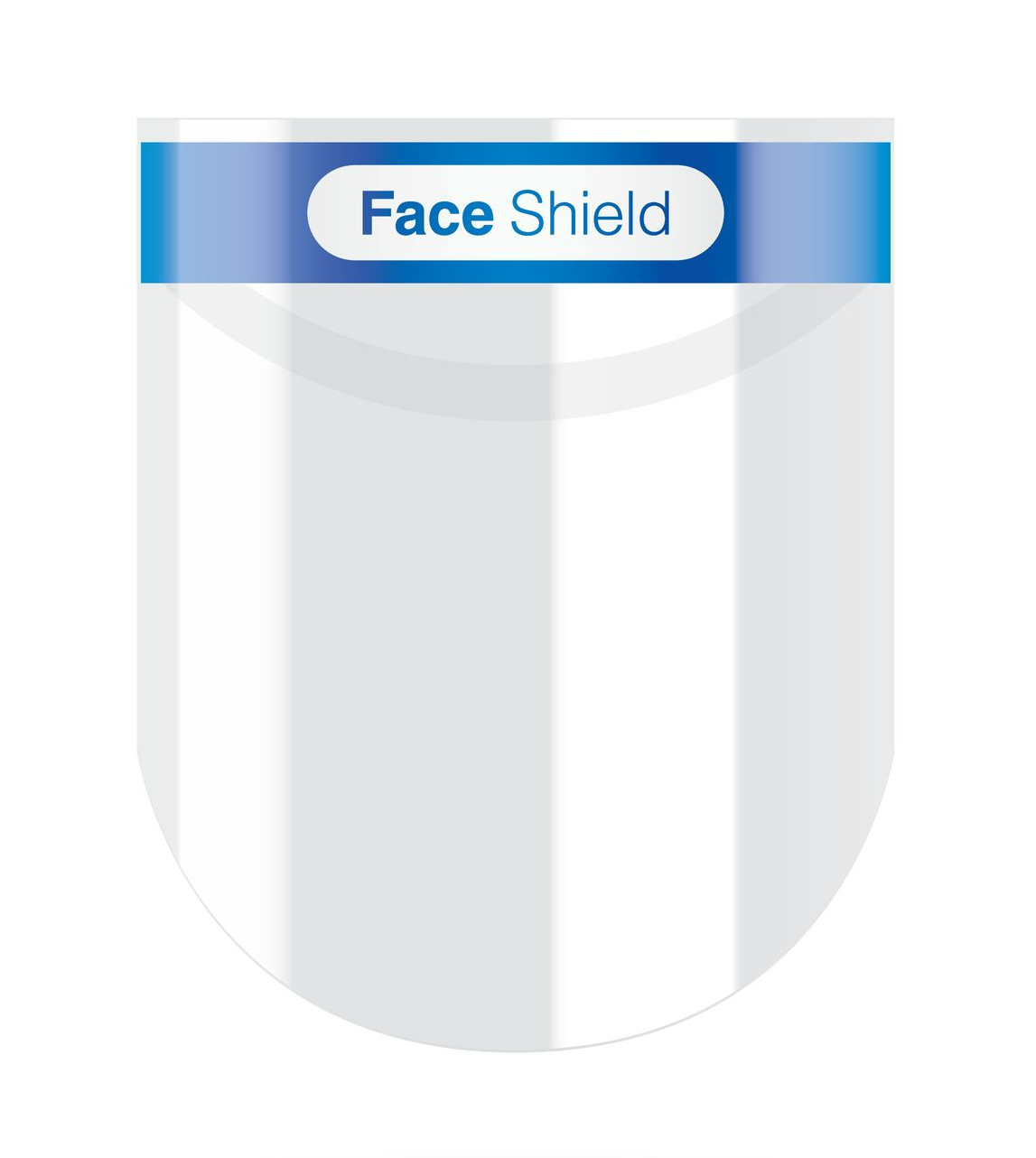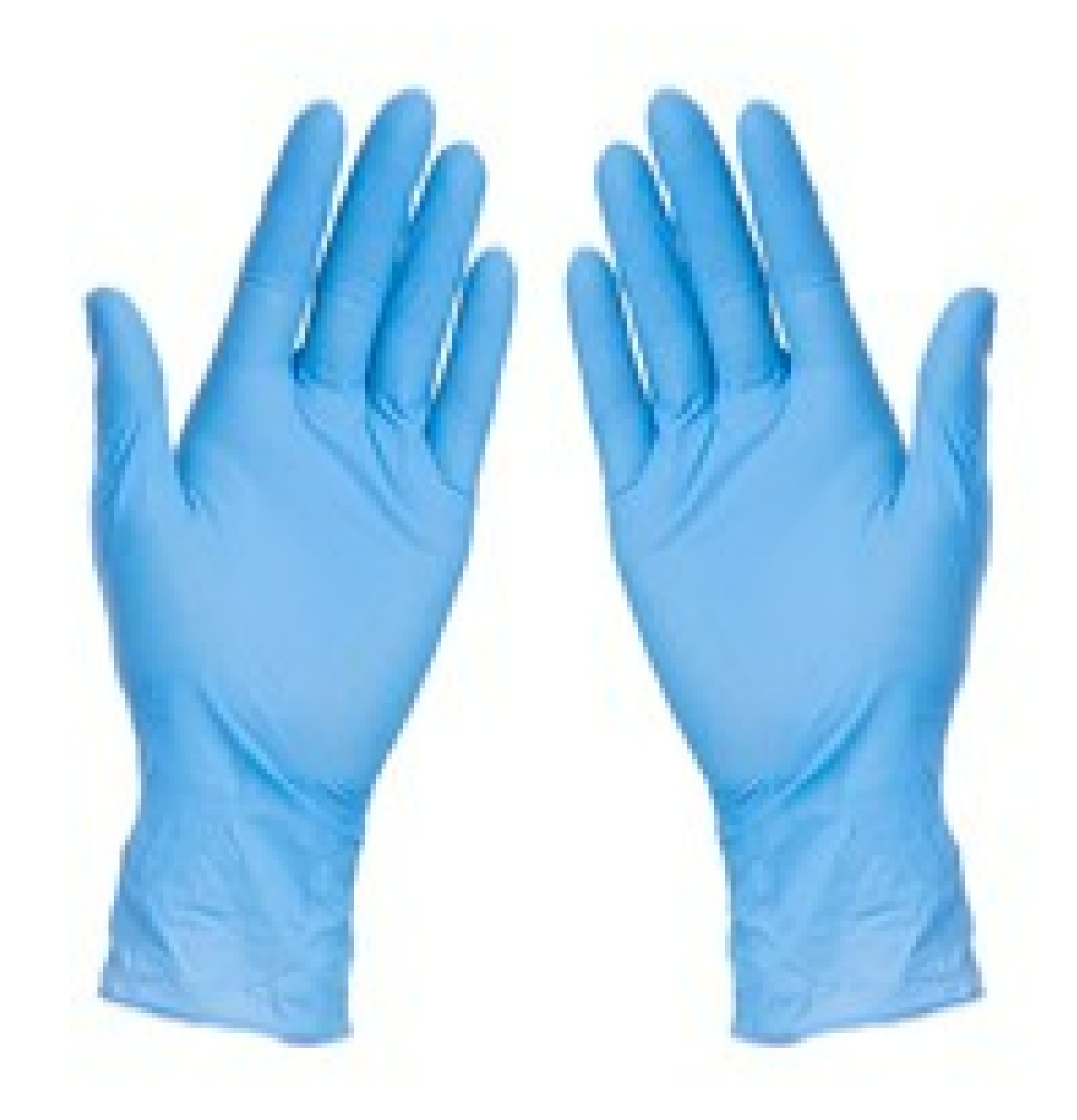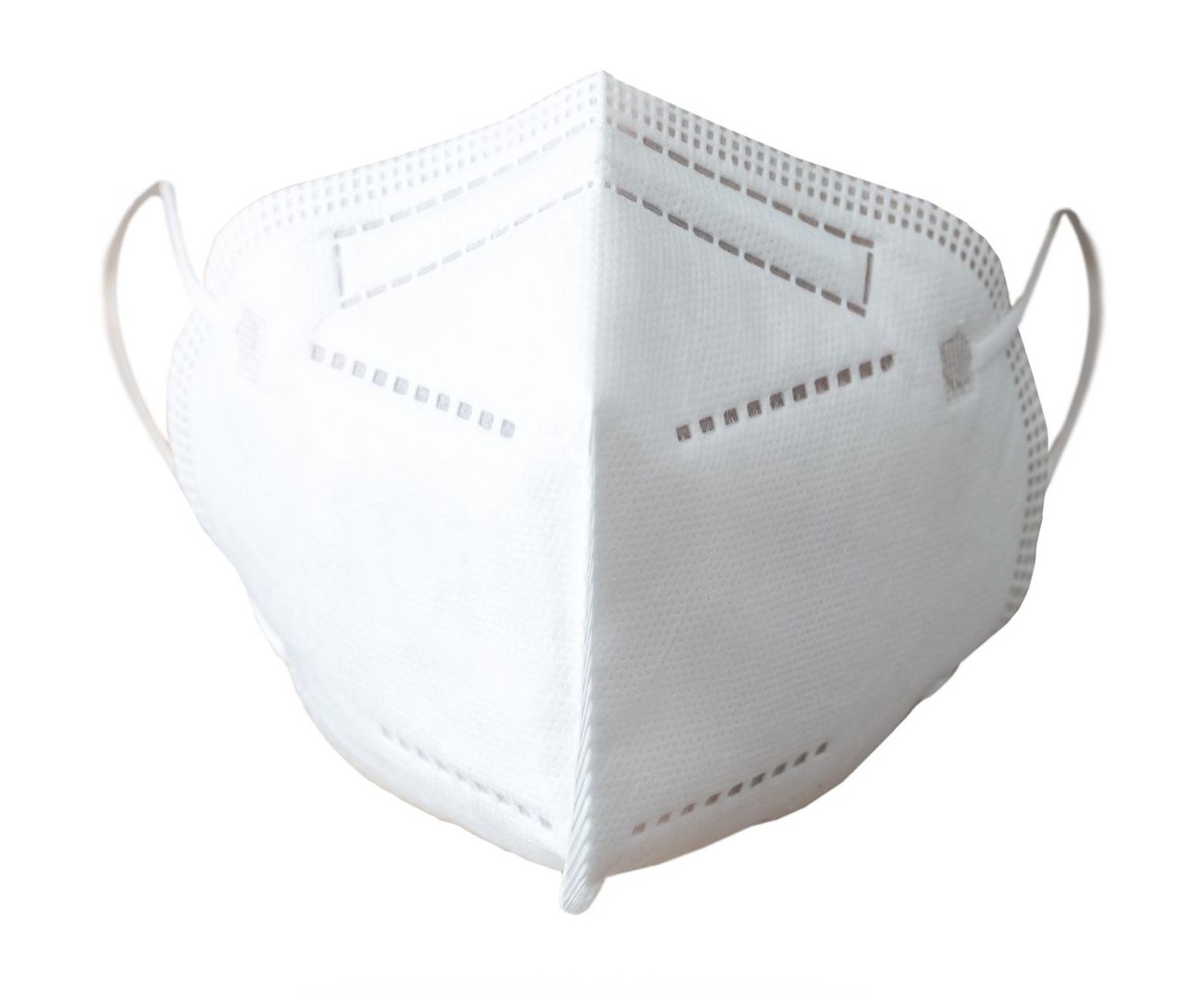Outbreak PPE
Outbreaks require a combination of personal protective equipment (PPE) for transmission-based precautions depending on the route of transmission of the infectious agent involved.
PPE May Include
|
Gloves Surgical or high-filtration masks Eyewear or face shields Waterproof aprons or long sleeve gowns |
PPE In Isolation Rooms
Identify correct transmission-based precautions and ensure appropriate PPE is available
Check for damaged PPE before use, and remove and replace any PPE that becomes torn or compromised immediately
Ensure PPE is the correct size and fits
Ensure employees and visitors keep 'contaminated' and 'clean' areas separate to prevent cross-contamination from occurring
Remove gloves, gowns, and protective eyewear at the doorway before leaving the infectious room or area
Remove masks outside the infectious room after the door has been closed
Limit or eliminate movement of the infectious resident outside of the isolation area; if residents are required to go out of the isolation area, ensure they wear appropriate PPE, and minimise contact with surfaces
Entering An Outbreak Area
Remove all jewellery below the elbow
Use the alcohol-based hand rub/sanitiser or the nearest sink to decontaminate hands
If transmission precautions are in place, or contamination from infective sources is likely, then appropriate PPE must be worn by healthcare workers and visitors
Check to reduce doubling up on equipment that may already be present in the isolation area
Leaving An Outbreak Area
Remove PPE and discard it in a hazardous waste bin before leaving the room (except for masks)
Sanitise hands outside the area/room then remove the mask outside the room/area and dispose of it in the designated waste
When transporting clinical waste (e.g., human tissue, body fluids), keep PPE on until contents are disposed of, minimising contact with any surfaces
When PPE is removed, wash hands in the designated hand basin or use the alcohol-based hand rub/sanitiser when exiting the room or area



